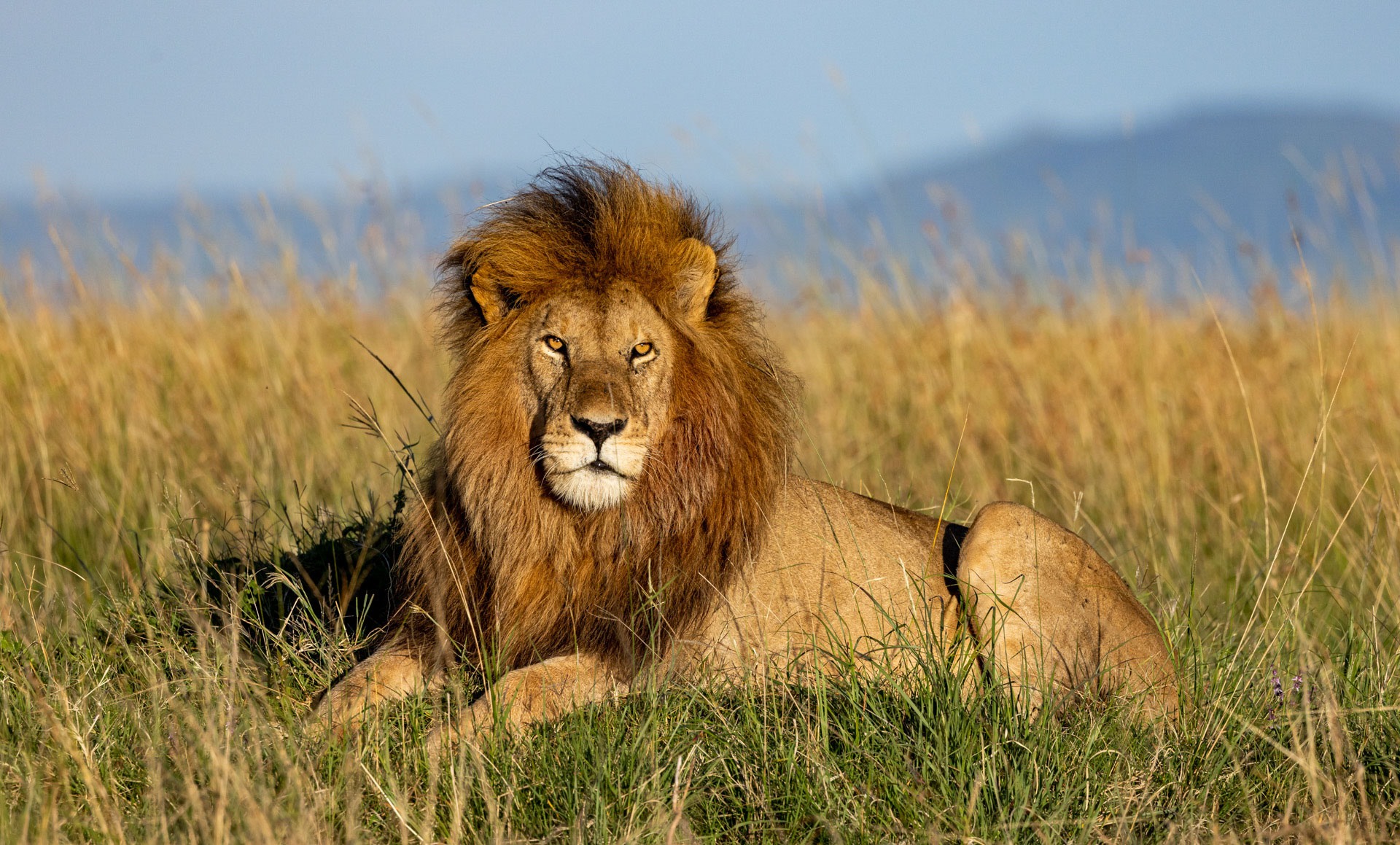
The primary raw materials of photography are light and time. When writing a blog about the Mara, the light is the author of an infinite number of stories that can be told while time is consistently documented but it remains somehow timeless.
Great photography often comes down to perfect timing and ideal lighting. You may find yourself in the right place at the right time, but if the light is too harsh or too dark then it could mean you miss your chance at capturing the perfect moment. And then other times, everything falls into place and you capture moments that are truly blog-worthy.
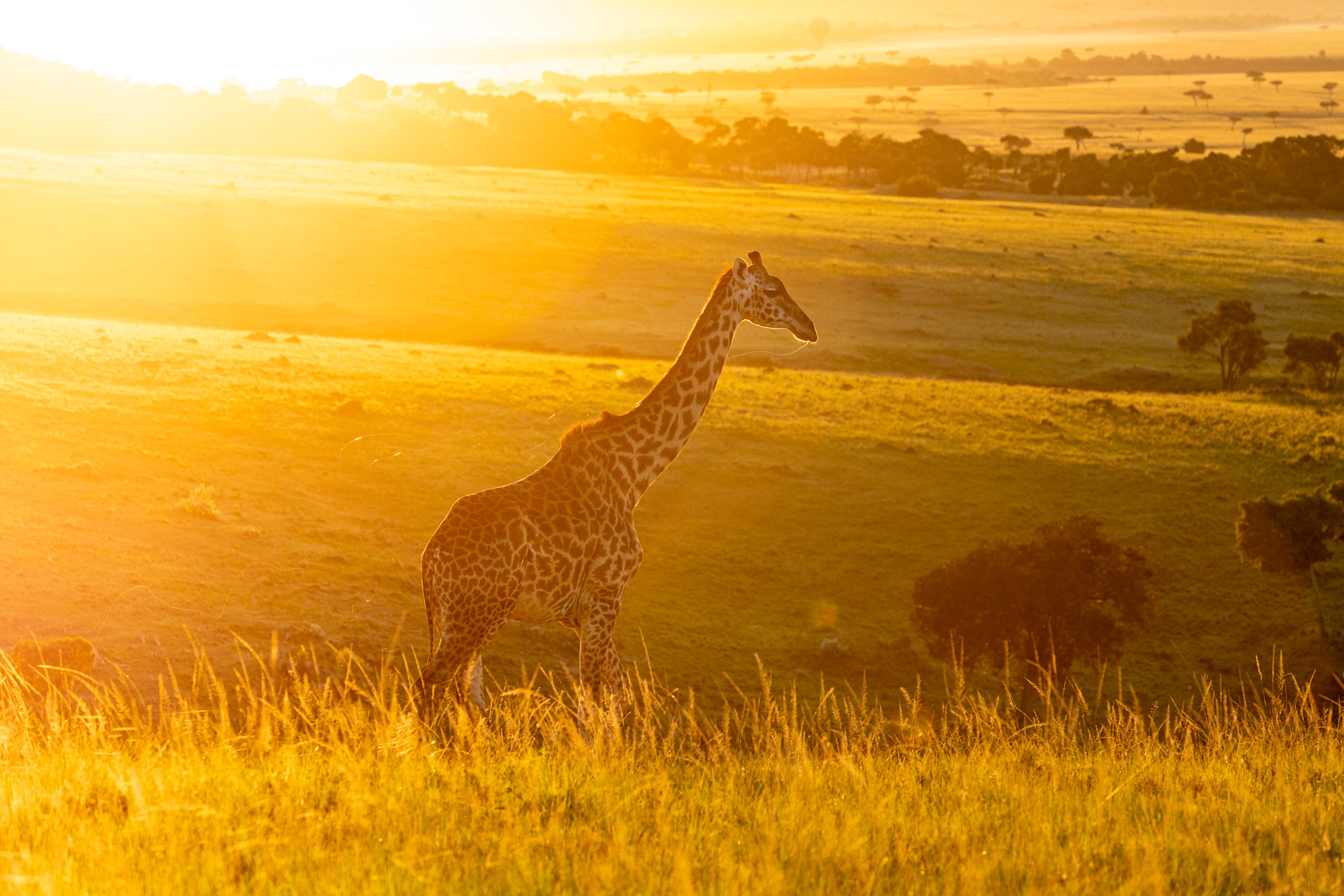

To start off this week, we came across a large dazzle of zebras, standing in a recently-burned area that was bright green from the new grass. Amongst the herd, an intense confrontation was taking place between two males as they chased and bit one another. Chances are one of the two was a stallion (the only male zebras in herds responsible for breeding), so it was fighting to establish dominance and defend its harem. Male zebras can reach a weight of 400kg and have powerful kicks. Although these fights can be deadly, they are an integral part of the zebra social system.
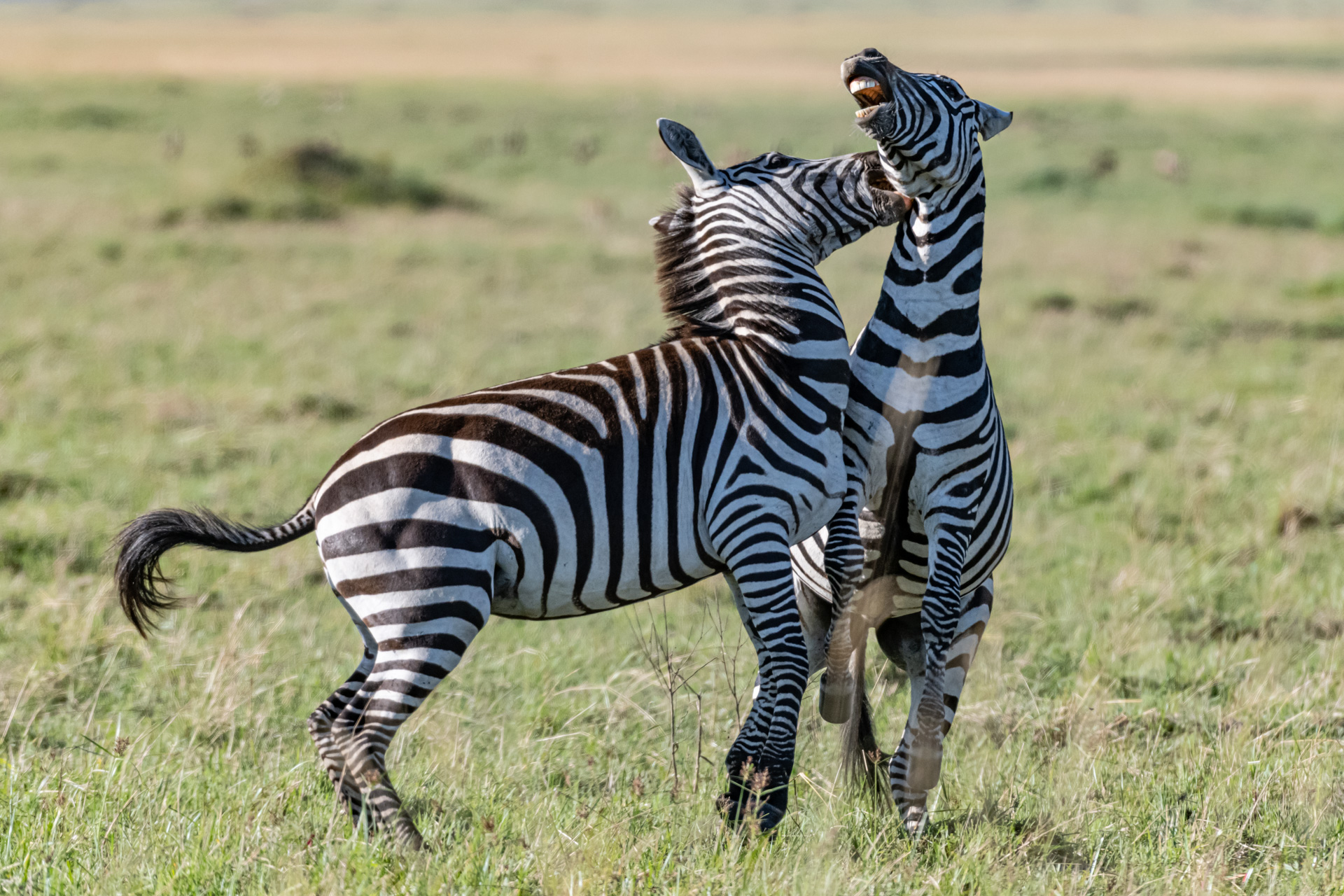
As we approached the four-kilometre junction, we saw Ruka and Rafiki moving quickly — they seemed very distracted and kept looking over their shoulders. A few moments after they had crossed the main road and disappeared into the grass, we saw the male lion that had been causing their distress. Historically, lions and cheetahs do not get along and confrontations can lead to death. We identified this male as Mrefu, a nomad that was spotted all the way in Noibosho Conservancy in April. He looked as if he had just walked out of a hair salon as he scanned the horizon with his beautiful mane.
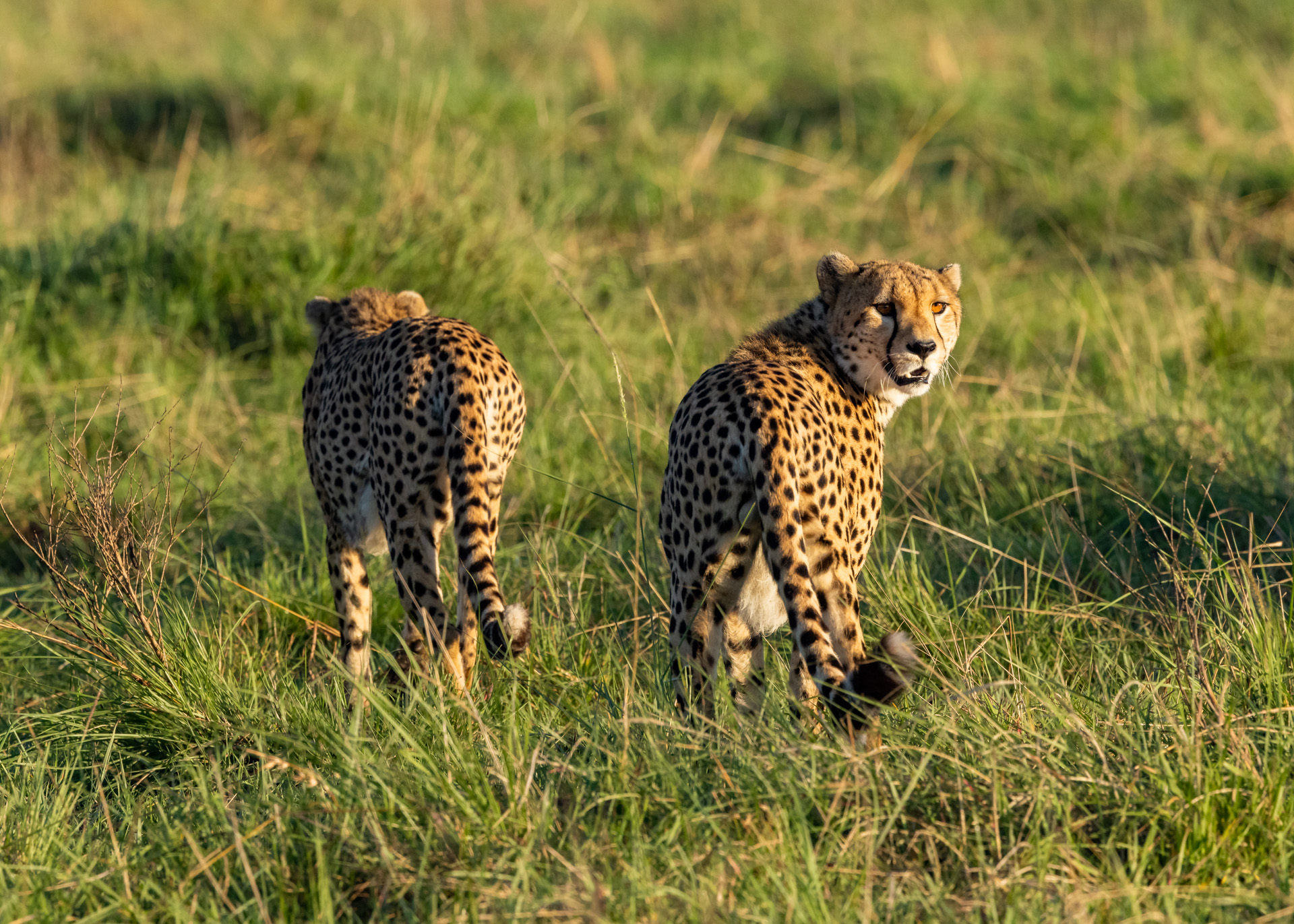

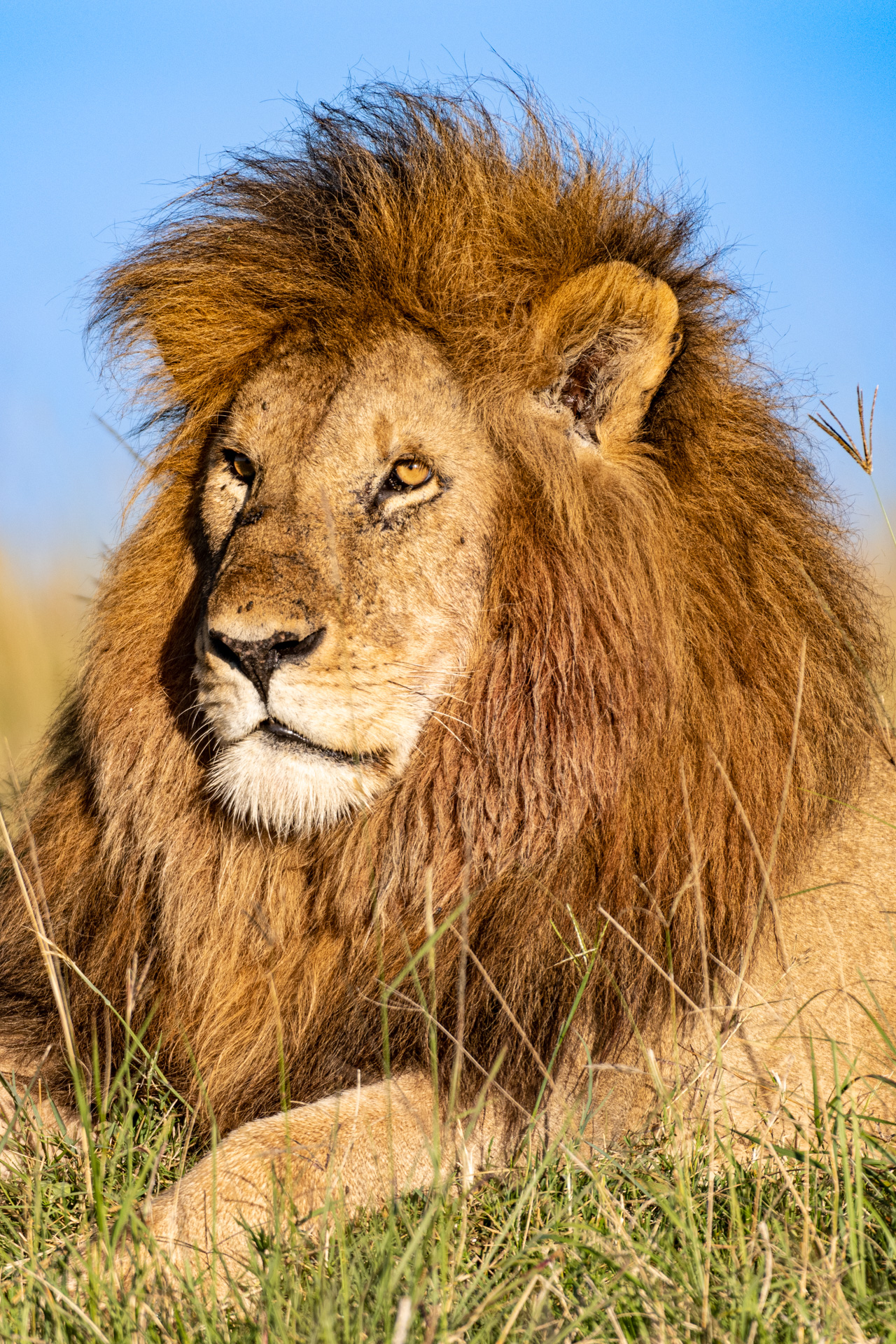
In the early hours of the morning, we came across the Egyptian Pride in their territory. We watched as five females carefully stalked a massive herd of buffalo, with their cubs hidden in the grass. They waited until almost all the buffalos passed by, to avoid the bulls protecting the herd, and set their sights on an old female with worn-out horns. There was not much of a fight as the lions waited for the right time to pounce on their prey. One of the Nyati Six males who has been mating with one of the females, later joined in the feast too. Upon reviewing one of the photos we noticed you could clearly see the barb-like spikes called papillae on the tongue of the lion yawning, these give lions the ability to scrape meat off the bone.


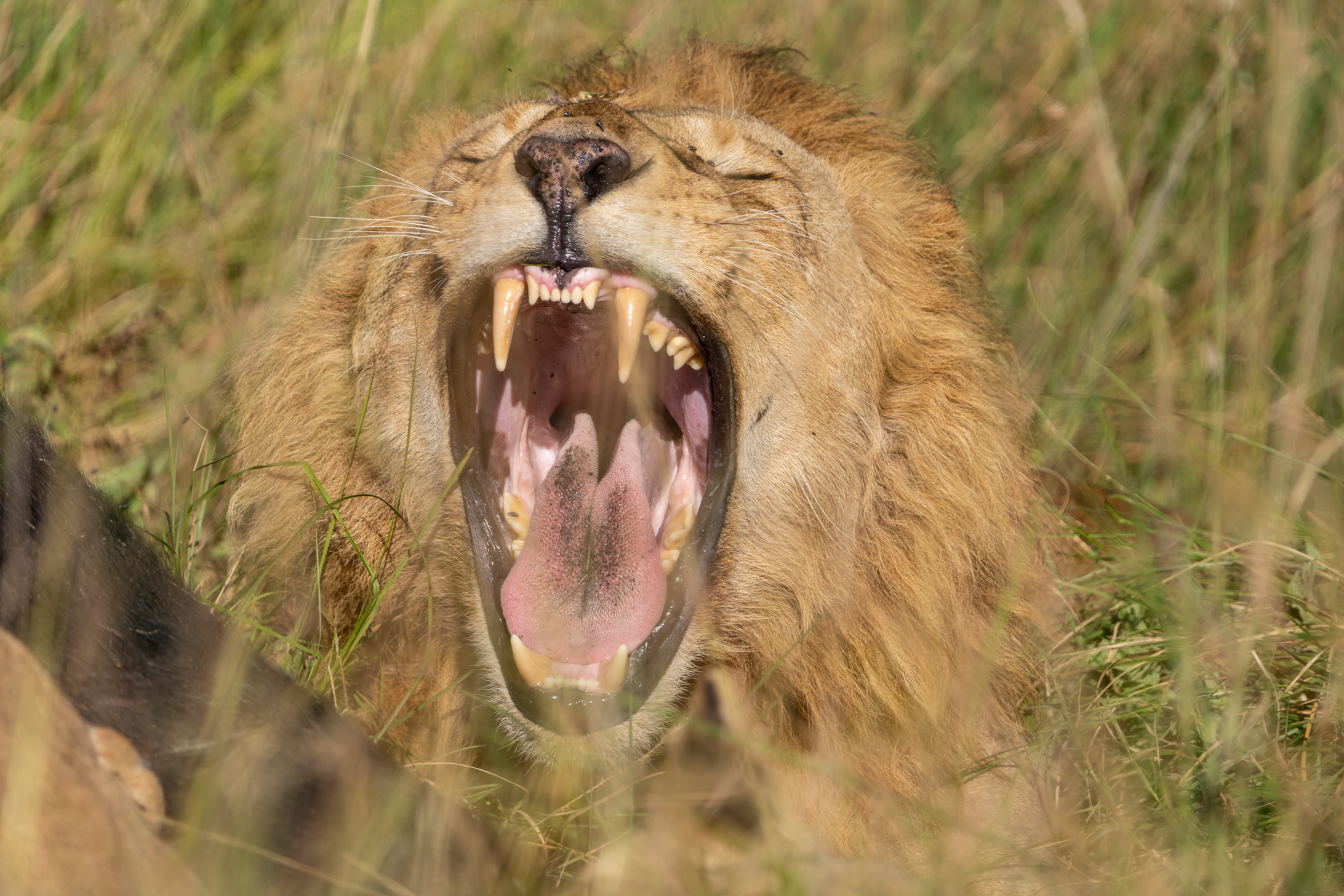
A few days later, we caught up with the Egyptian Pride again. It was early in the morning and they were on the move with very active and playful cubs. We were happy to see that there are still five females, three cubs and one male mating with one of the females.

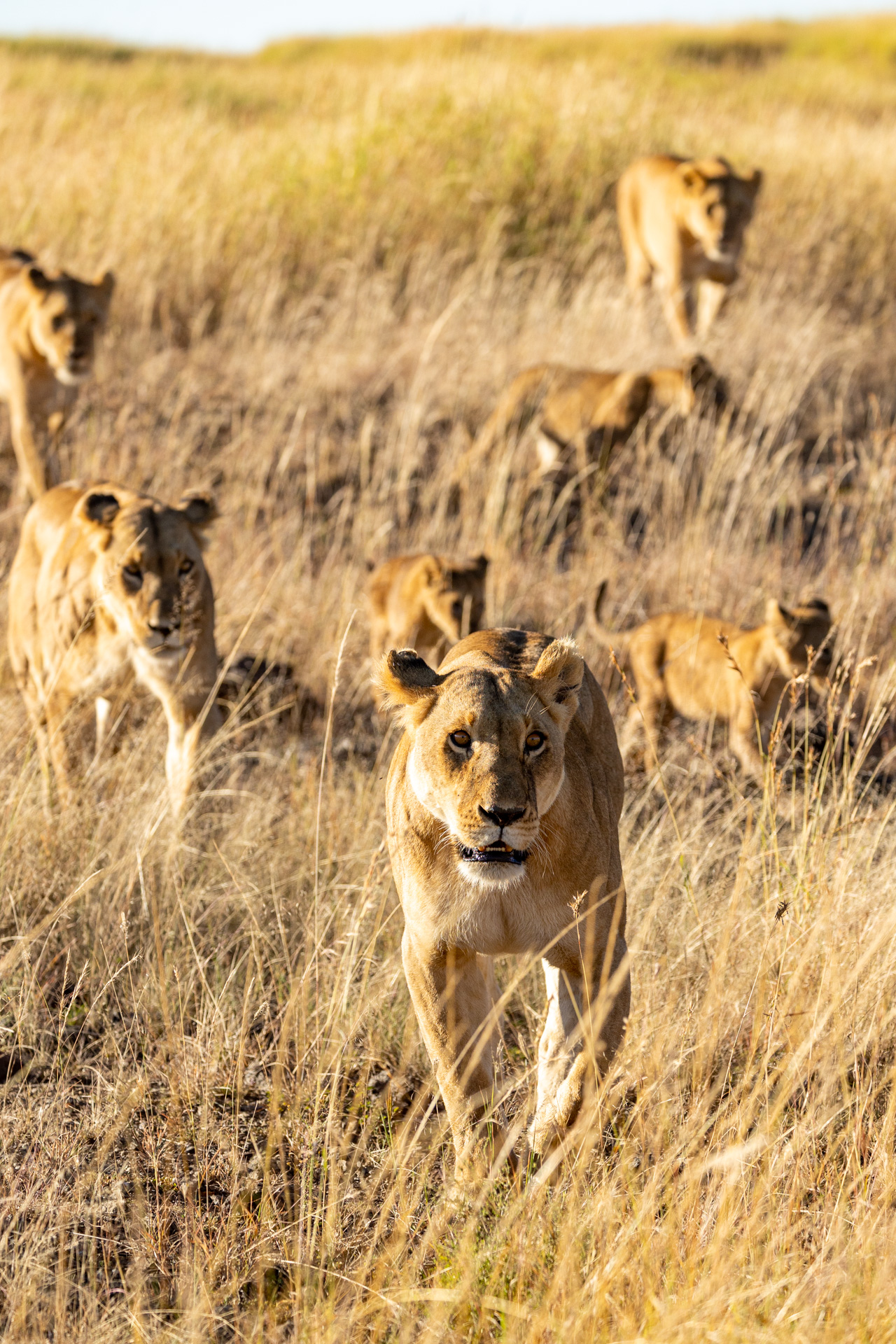

Not far from the Mara River, we saw the Serena Pride with a hippo that had been partially eaten. We watched as scavengers surrounded the area but did not dare approach as there were several lions including a male. Although the lions fought to get through the thick hide of the drying skin of the hippo at first, when we came back a few days later everything was gone. After the lions, the scavengers had eaten the rest — even the bones.
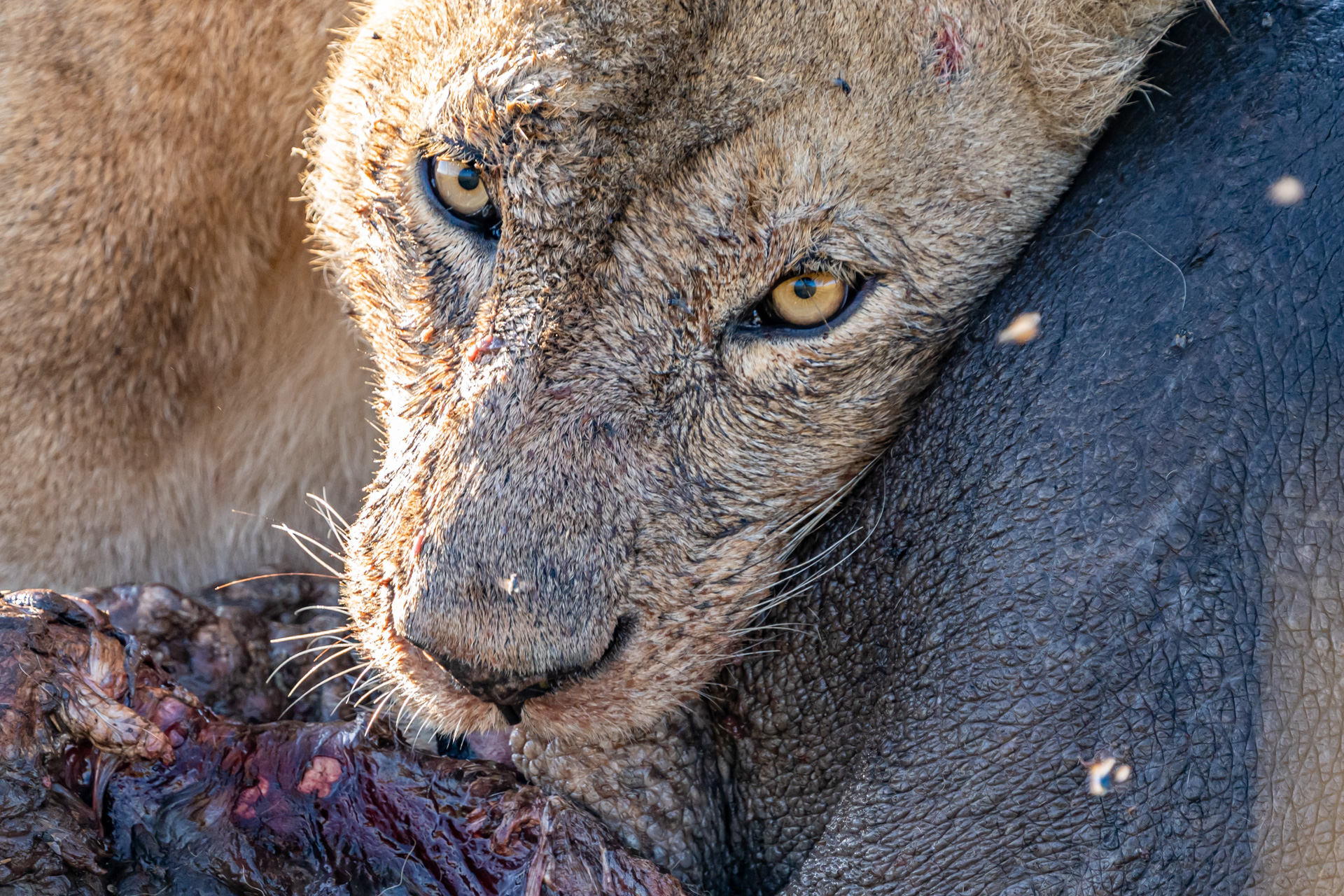
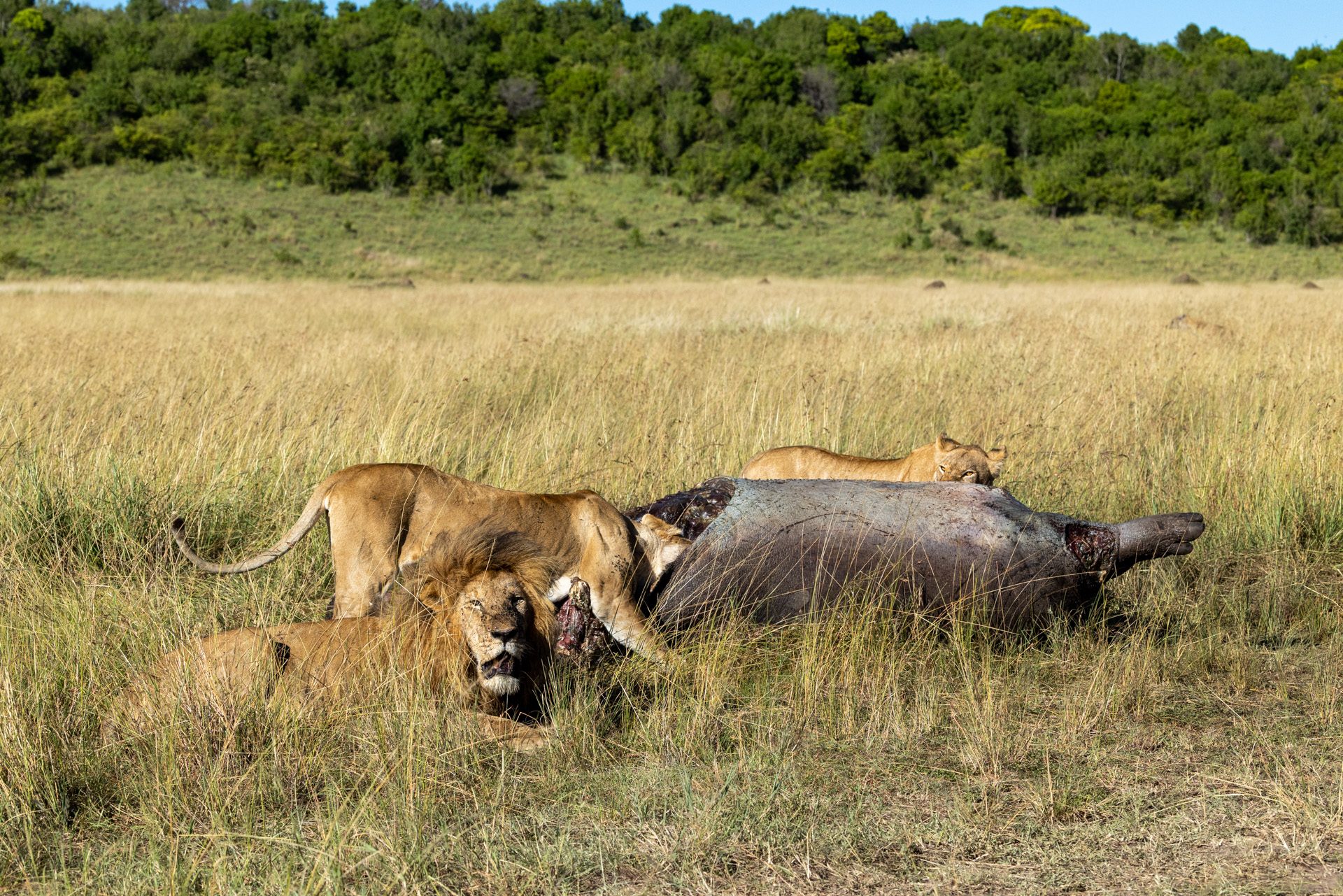
Hyenas are often seen as scavengers but they provide a necessary service to the savannah by cleaning and consuming the remains of animals that have died. Their incredible bite force is needed to crush bone. We ran into some cubs and an adult hyena with the remains of a leg in its mouth.


Leopard sightings always feel so special because they often only last for a few fleeting moments. This elusive creature is the most stealthy of all the animals and you could easily be driving by one in the grass and not even notice. This week we came across the BBC male, who had been in a fight for territory with Shujaa some time back.
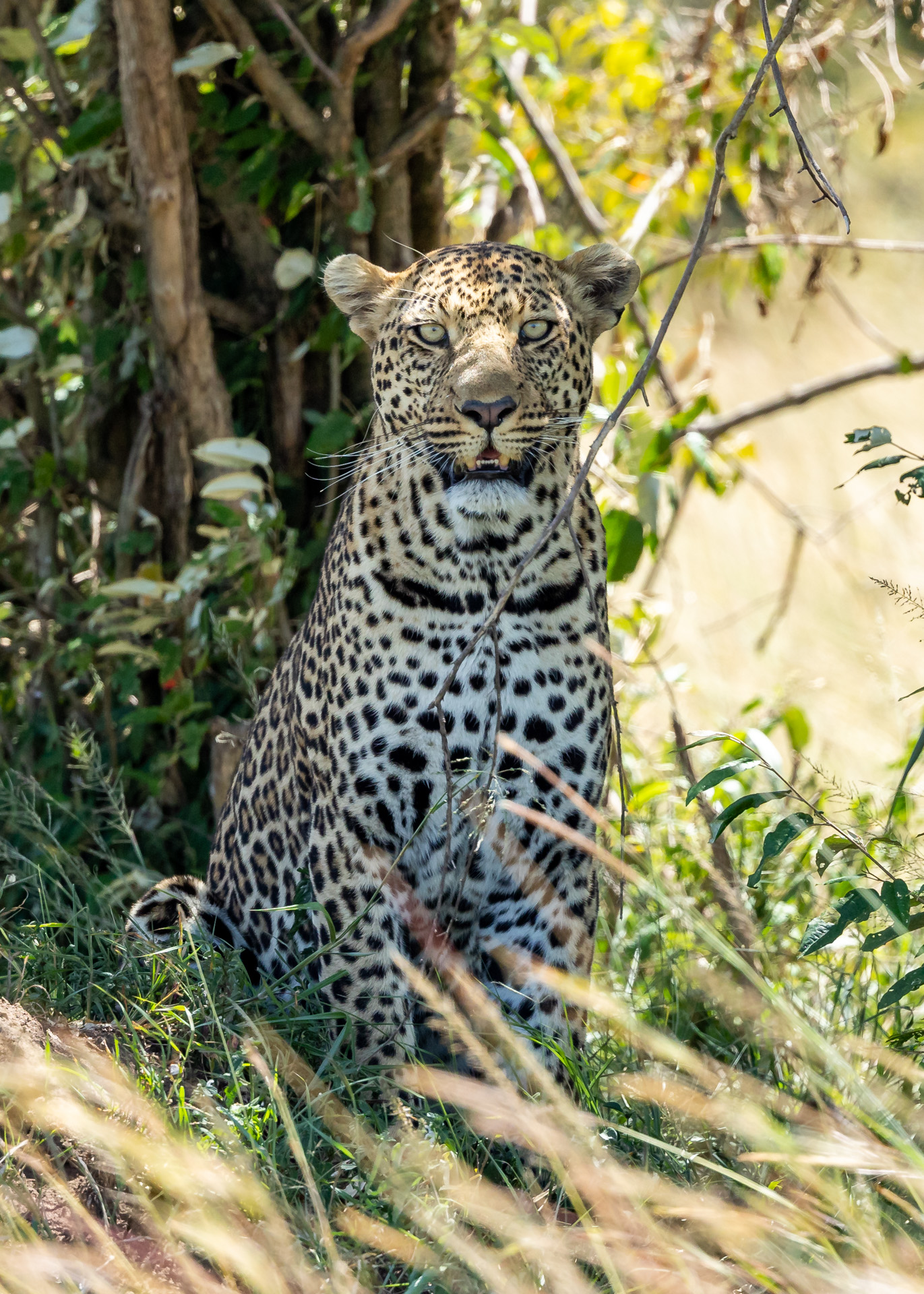
This week we also saw the Mara Triangle Conservancy continuing to prepare for the migration by setting a series of controlled burnings. As expressed in previous blogs, this practice diversifies the habitat and draws new life — the Maasai have been doing it for hundreds of years.
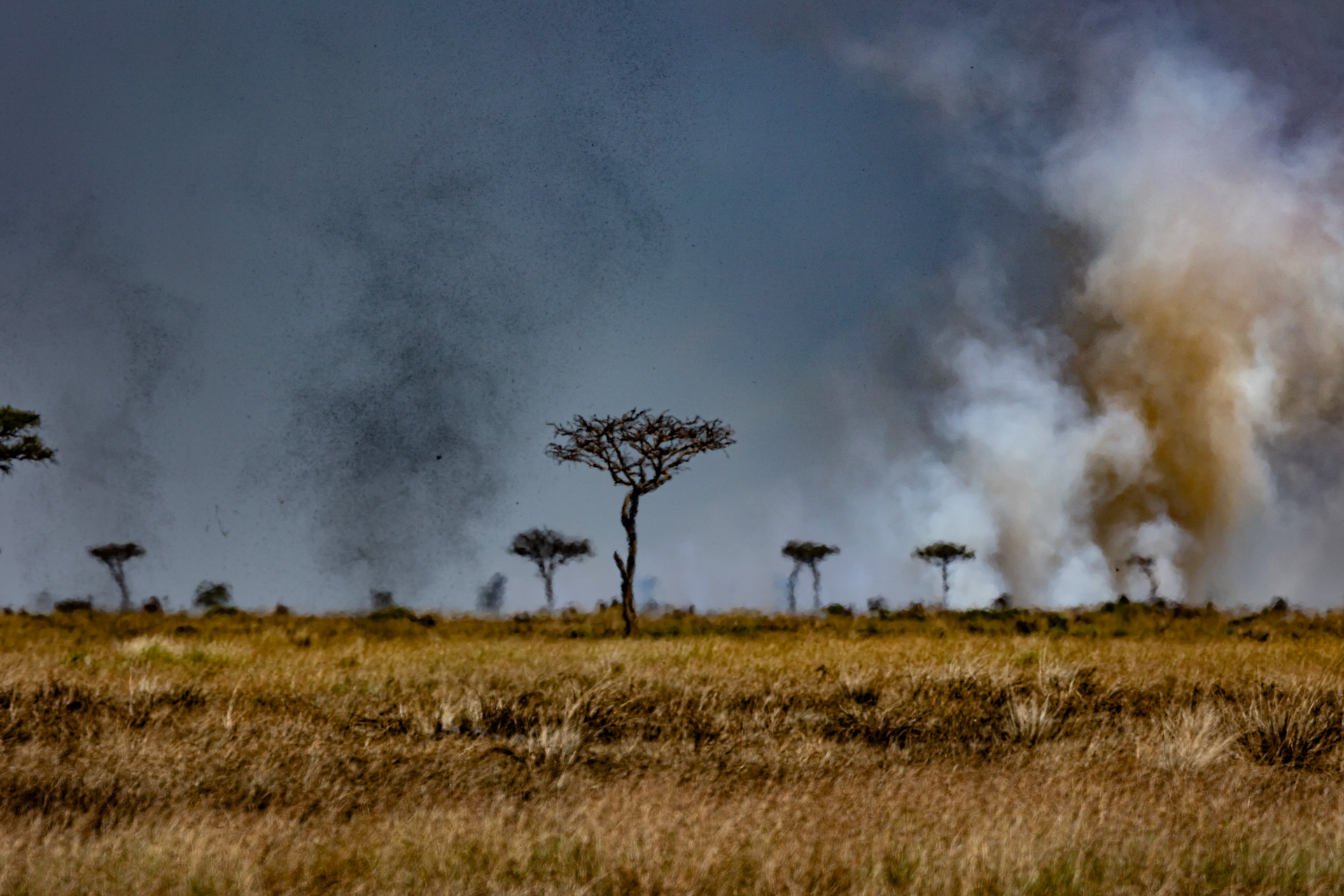

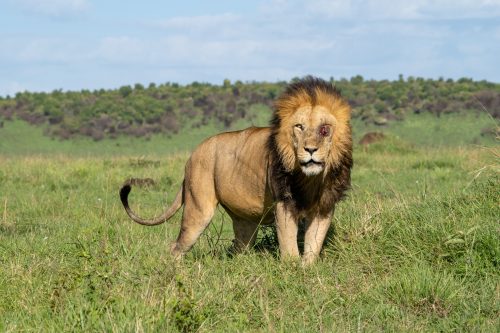
Ruka, one of the Inselberg Males, got into a scrap with one of his brothers over a female this time last year. We had thought that he had sadly lost his left eye as a result of this fight but a few weeks later, the Kenya Wildlife Service tended to him and the wound healed up nicely.
Filed under: This Week at Angama
Subscribe for Weekly Stories
Comments (0):
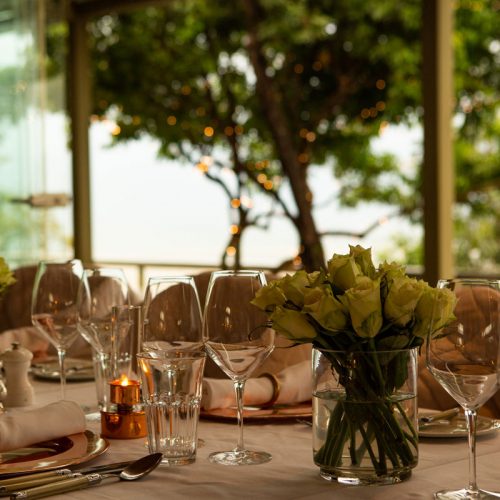
Weddings in the Mara